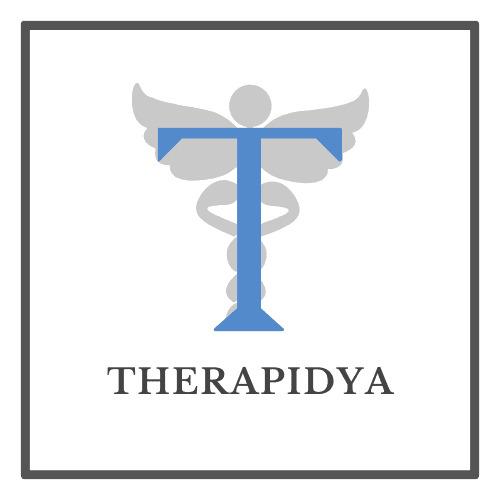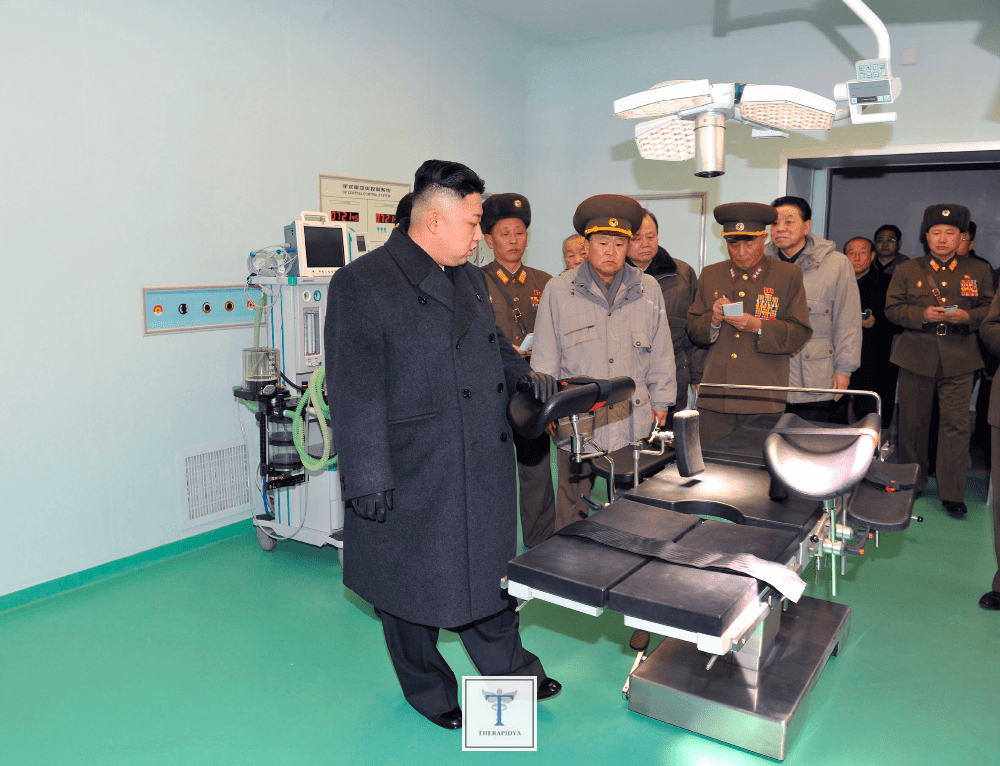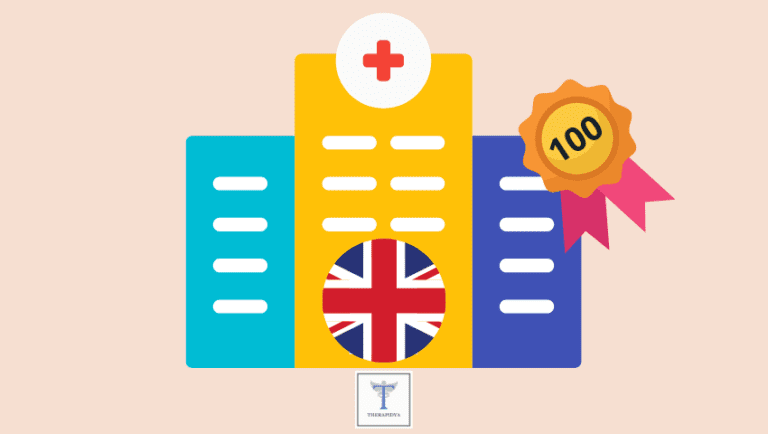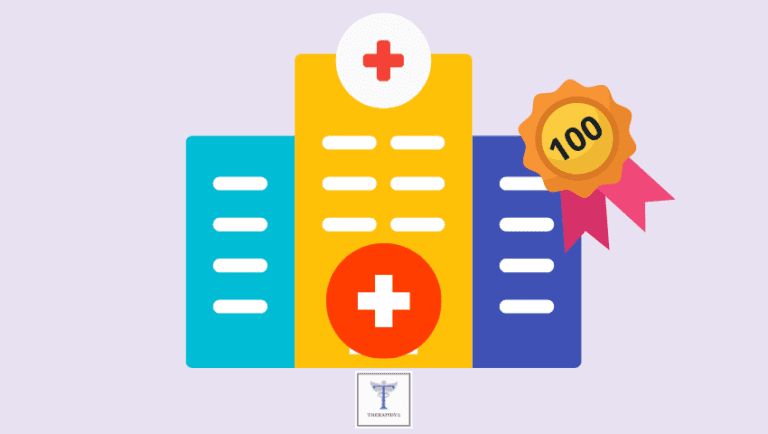Inside North Korea Hospitals: A Comprehensive Guide
Explore the intriguing world of North Korea Hospitals in this comprehensive guide, covering the nation’s healthcare system, challenges faced by hospitals, international efforts to provide aid, and case studies of specific hospitals in the secretive country.
In this article, we’ll explore the complex, and often troubling world of hospitals in North Korea. With a focus on the nation’s history, healthcare system structure, and international efforts to provide aid, this comprehensive guide offers an insider’s perspective on the challenges faced by both healthcare providers and patients in this secretive nation.
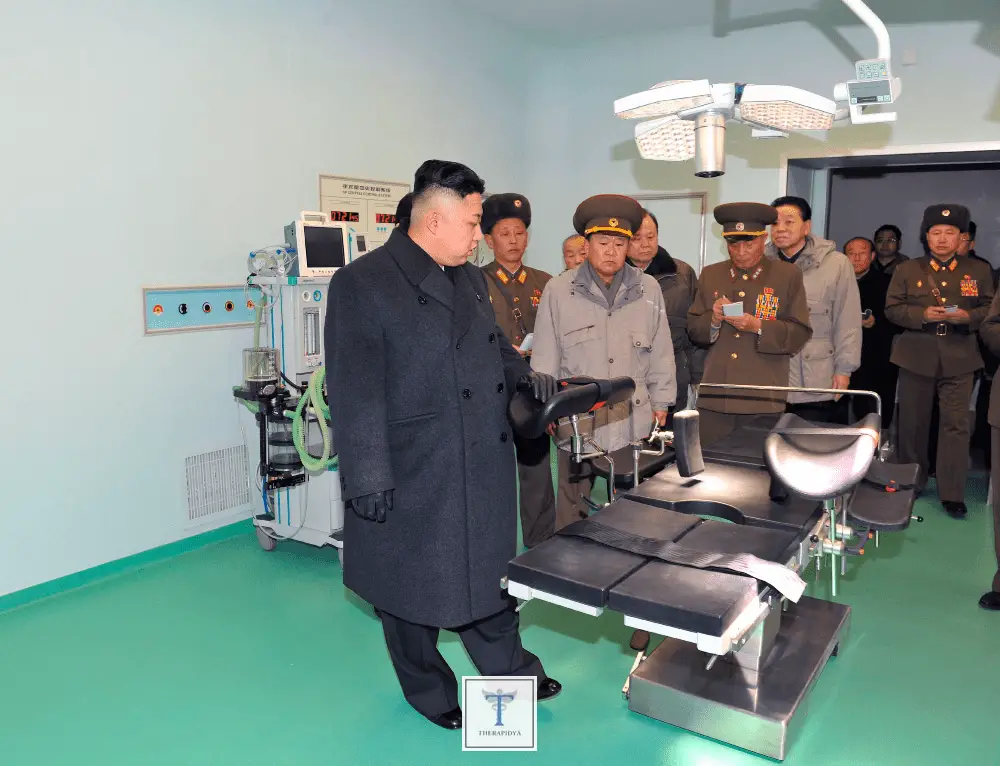
A Brief History of Hospitals in North Korea
Before diving into the current state of hospitals in North Korea, it’s essential to understand the historical context that shaped the nation’s healthcare system.
Pre-Division Korea and the Origins of Healthcare
In pre-division Korea, healthcare was primarily provided by traditional healers and a limited number of Western-style hospitals established by foreign missionaries. The healthcare system was rudimentary, leaving much of the population without access to modern medicine.
Post-Division Development and Influence from Abroad
Following the division of Korea in 1945, the North Korean government began developing a centralized healthcare system with the help of the Soviet Union and China. The newly established system aimed to provide free healthcare to all citizens, a principle enshrined in the North Korean constitution.
The Three-Tier Healthcare System
North Korea’s healthcare system is organized into a three-tier structure, providing different levels of care to its citizens.
- Primary level: At the primary level, Ri clinics and People’s hospitals serve local communities, providing basic healthcare and preventive services.
- Secondary level: Provincial hospitals offer a higher level of care, including specialized services and treatments.
- Tertiary level: National hospitals, mainly located in Pyongyang, provide the most advanced care and are equipped to handle complex medical cases.
All citizens are entitled to healthcare coverage under the country’s universal health insurance system. The government is responsible for managing the healthcare system and allocating resources.
The Current State of Hospitals in North Korea: A Mixed Bag
Despite the lofty goals of providing comprehensive healthcare to all citizens, the reality in North Korea is far from ideal. The quality of care, access to resources, and public health issues all contribute to a complex and challenging environment for hospitals in the country.
Quality of Healthcare
- Staffing and medical professionals: Although North Korea has a relatively high number of doctors and nurses per capita, the quality of their training and expertise is often lacking due to limited access to up-to-date medical knowledge and technologies.
- Medical equipment and supplies: Many hospitals in North Korea struggle to maintain adequate stocks of basic medical supplies, such as syringes, antibiotics, and painkillers. The lack of advanced medical equipment further hampers the ability to provide high-quality care.
- Infrastructure and facilities: The state of hospital infrastructure varies greatly, with some facilities in dire need of repair and modernization. This disparity is particularly evident when comparing rural hospitals to those in the capital, Pyongyang.
Challenges Faced by Hospitals
- Economic sanctions: International sanctions have had a significant impact on North Korea’s healthcare system, limiting the availability of essential medical supplies and equipment.
- Limited access to modern medical technology: Due to political and economic isolation, North Korean hospitals often lack access to cutting-edge medical technologies, putting them at a disadvantage in terms of diagnosing and treating complex medical conditions.
- Inadequate funding and resource allocation: While the government is responsible for managing the healthcare system, funding and resources are often allocated ineffectively, leading to disparities in the quality of care across the country.
Public Health Issues
- Malnutrition: Chronic food shortages have led to widespread malnutrition, which in turn exacerbates existing health problems and makes the population more susceptible to illness.
- Communicable and non-communicable diseases: North Korea faces a range of public health challenges, including high rates of tuberculosis, hepatitis B, and other communicable diseases. Non-communicable diseases, such as hypertension and diabetes, are also on the rise, further straining the healthcare system.
- Mental health: Mental health is often neglected in North Korea, with limited resources and understanding of mental health issues among medical professionals and the general population.
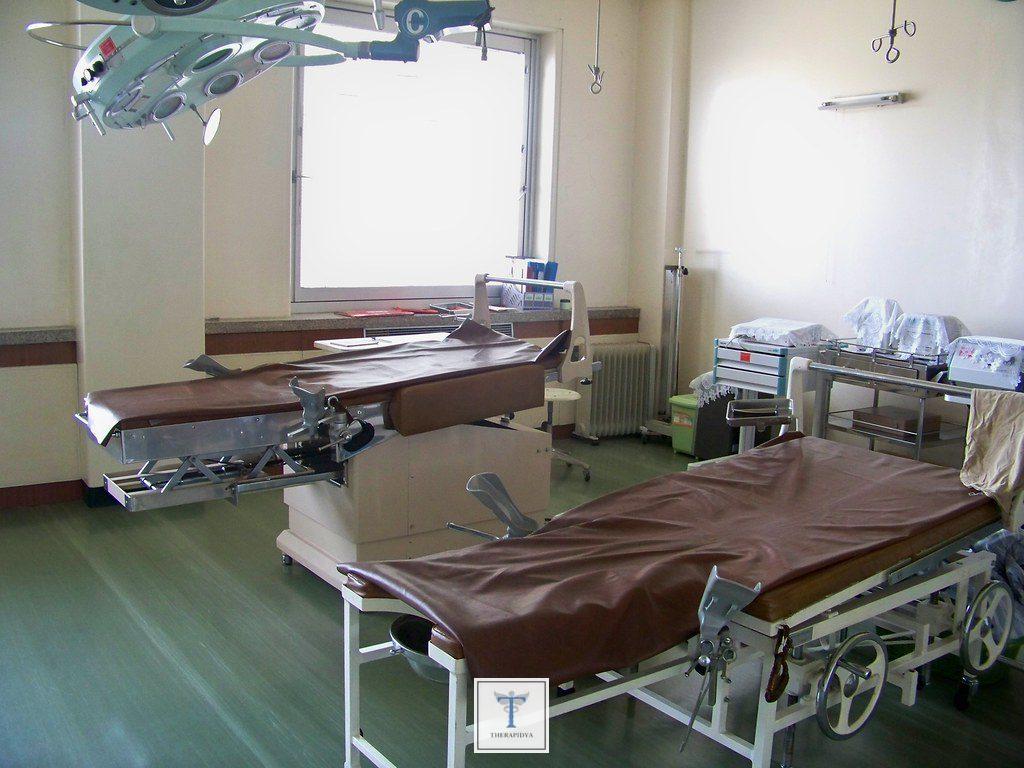
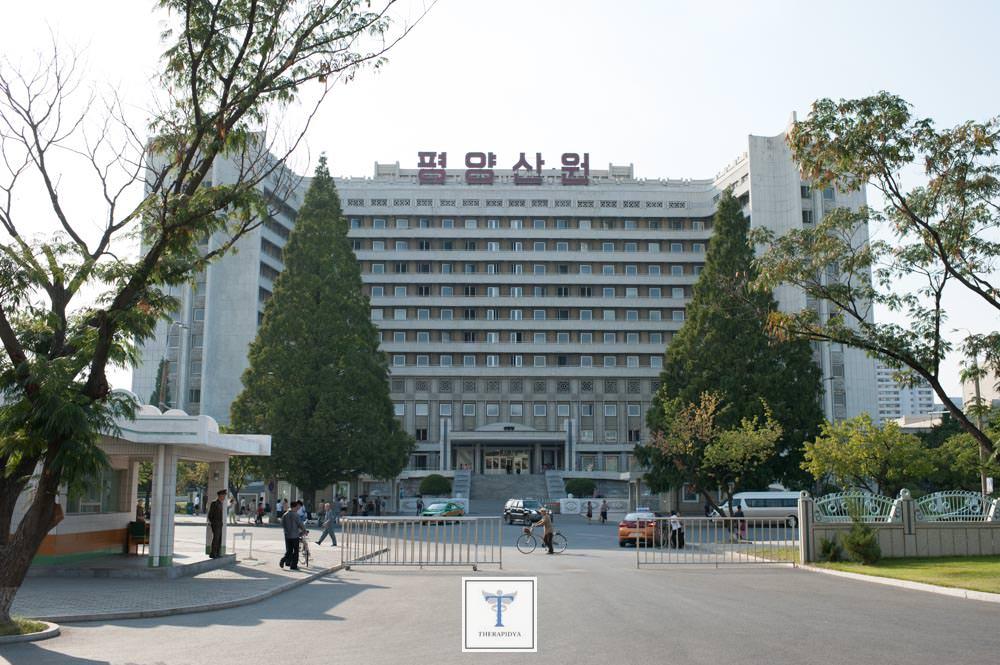
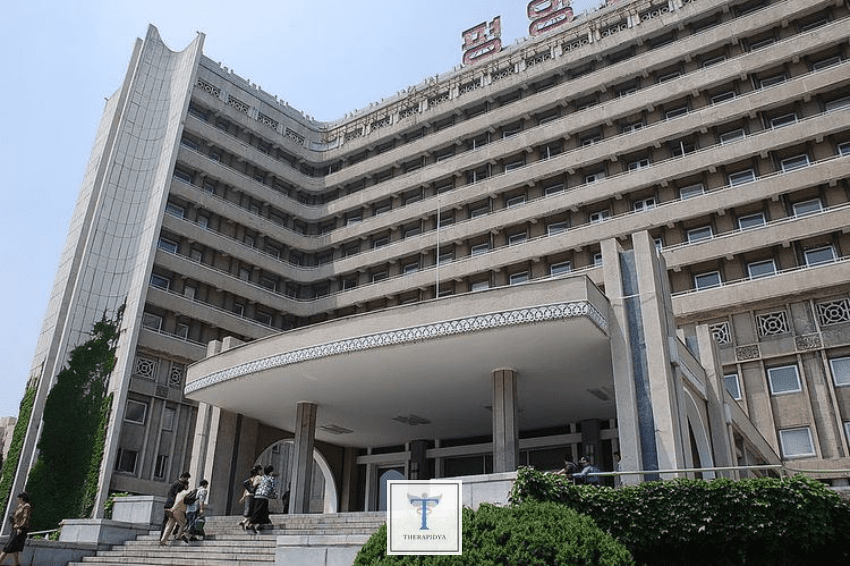
International Efforts to Support Healthcare in North Korea
Despite the challenges faced by North Korea’s hospitals, international efforts have sought to provide aid and support to the country’s healthcare system.
Humanitarian Aid
- Medical supplies and equipment: Various international organizations and countries have provided medical supplies and equipment to North Korea, helping to alleviate some of the resource shortages.
- Technical assistance and training: In addition to material aid, international partners have offered training and technical assistance to North Korean medical professionals, aiming to improve the quality of healthcare.
Collaboration with International Organizations
- World Health Organization (WHO): The WHO works closely with North Korea to improve healthcare services, provide essential medicines, and combat communicable diseases.
- United Nations Children’s Fund (UNICEF): UNICEF supports child and maternal health programs in North Korea, providing essential vaccines, nutritional supplements, and medical supplies.
- International Committee of the Red Cross (ICRC): The ICRC provides support to North Korean hospitals, focusing on improving water and sanitation infrastructure and providing medical supplies.
Challenges in Providing International Aid
- Political tensions and sanctions: Political tensions and economic sanctions often hinder the delivery of humanitarian aid to North Korea, exacerbating the healthcare crisis.
- Limited access to information: The secretive nature of the North Korean government makes it difficult for international organizations to assess the true extent of healthcare needs and effectively target aid.
- Bureaucratic barriers: Bureaucratic hurdles and restricted access to certain regions further complicate international efforts to support healthcare in North Korea.
Case Studies: A Glimpse into North Korea’s Hospitals
To better understand the realities of healthcare in North Korea, let’s take a closer look at three specific hospitals:
- Pyongyang Maternity Hospital: This state-of-the-art facility showcases the best of North Korea’s healthcare system, offering high-quality care to pregnant women and newborns. However, it is not representative of the average hospital experience in the country.
- Kim Man Yu Hospital: As one of the largest general hospitals in Pyongyang, Kim Man Yu Hospital provides a range of services, but still faces challenges in terms of resource availability and infrastructure.
- Okryu Children’s Hospital: This specialized children’s hospital offers advanced pediatric care but is only accessible to a small portion of the population, primarily those living in the capital.
References
- World Health Organization – North Korea Country Profile: https://www.who.int/countries/prk/en/
- UNICEF in the Democratic People’s Republic of Korea: https://www.unicef.org/dprk/
- International Committee of the Red Cross – DPRK: https://www.icrc.org/en/
This post is also available in: العربية (Arabic) Dansk (Danish) Nederlands (Dutch) Français (French) Deutsch (German) עברית (Hebrew) Italiano (Italian) Polski (Polish) Română (Romanian) Русский (Russian) Türkçe (Turkish) Español (Spanish) Български (Bulgarian) Ελληνικά (Greek) Magyar (Hungarian) Português (Portuguese (Portugal))
